Loomis method head drawing for real portraits.
Many portrait artists have heard of the Loomis method for drawing heads which are based on spherical shapes and concentric lines to define the head. The basic building block enables artists to get proportions right when drawing a head. However, this method is not used when it comes to portrait drawings.
In this post, I look at the Loomis method for attempting to ‘trace’ over real drawings using the Paintology app. In this way, we can compare how well it works in practice. Although, it is understood that the Loomis method does not define the exact face proportions of any real head, it only attempts to define an ‘average’ head. The idea is that by taking the ‘average’ head one can work out the proportional requirements and changes to match the individual head.
Fig. 1 shows the actual heads where we are going to apply the Loomis method.
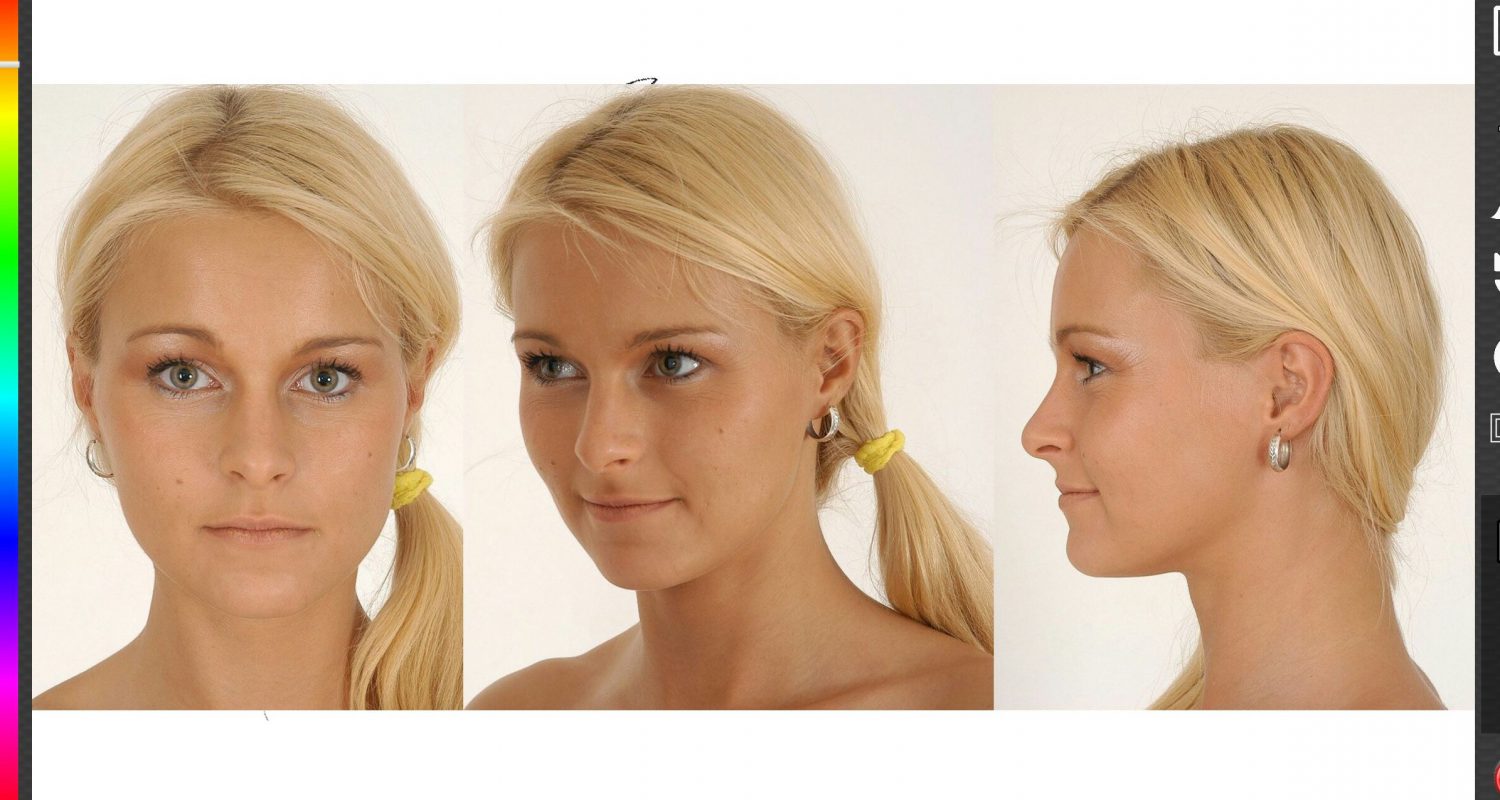
The heads in Fig. 1 are orientated in various positions so that we can test the validity of the Loomis method.
Fig. 2 shows the heads drawn using the Loomis technique. The heads were easily drawn due to the trace feature available for the Paintology app. In drawing the sphere, I was careful to cover all of the cranium feature and then drew lines to intersect the middle of the eyes, lower nose tip and the middle of the lips.
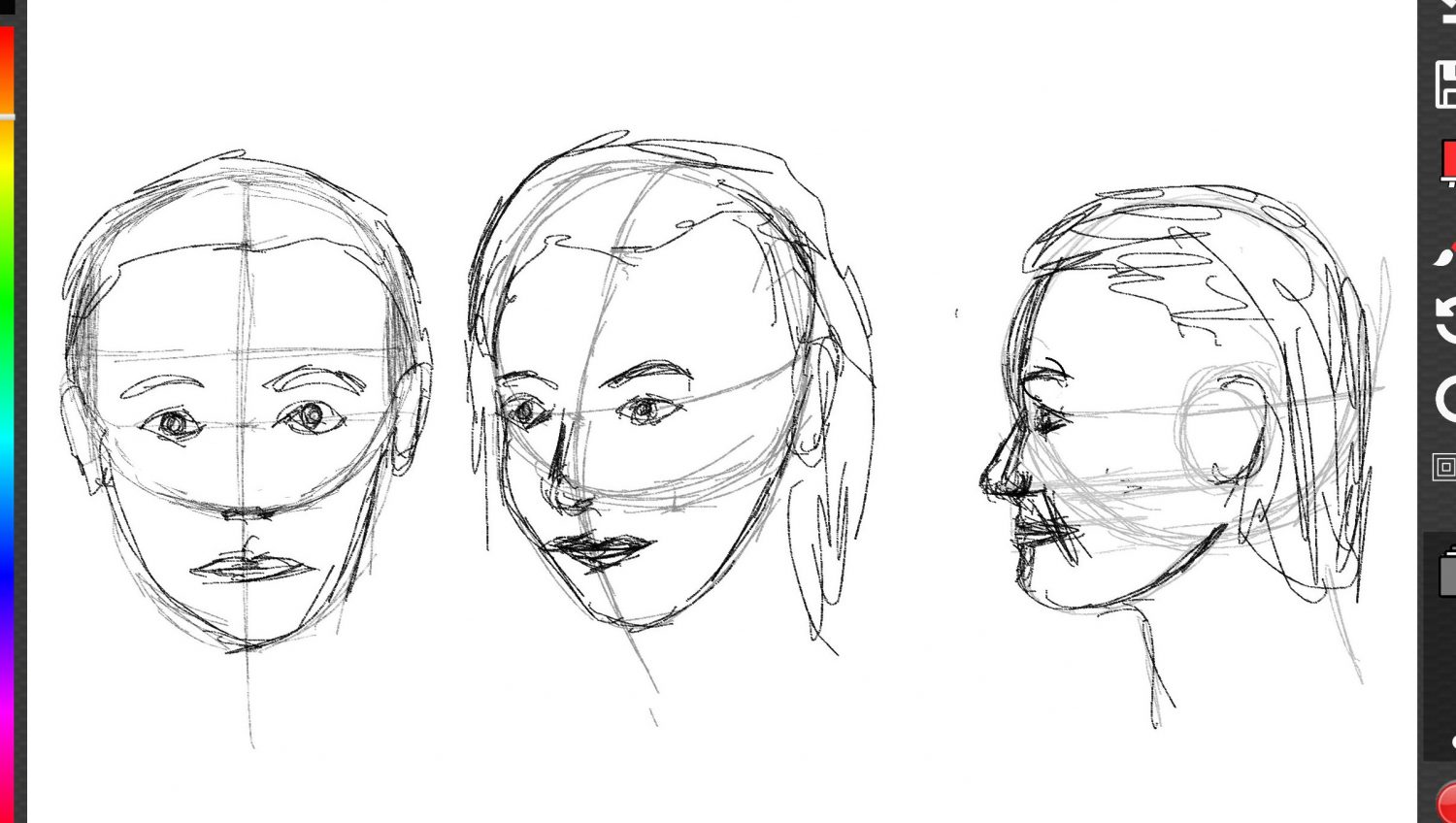
To get a better idea of the drawn heads compared to the actual heads, I set the opacity of the trace to about half way in order to produce the image in Fig. 3. This is easy to do with Paintology where you can adjust the slider to move from the complete underlying image and to your drawing canvas.
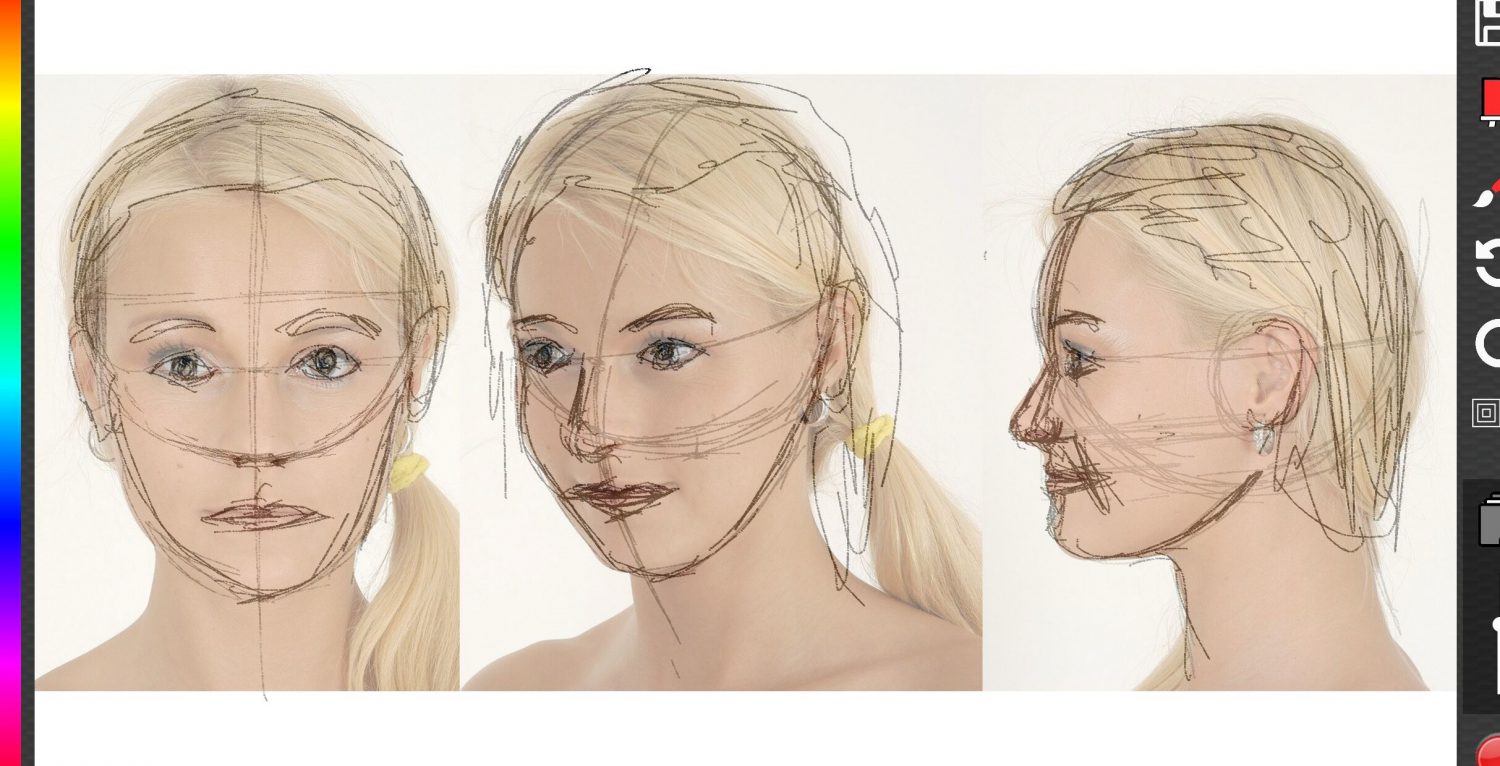
The conclusions I can derive from this experiment is that there is some proximity to the Loomis method of drawing the actual head. In particular, the nose top is well matched to the lower part of the sphere but only for frontal and slightly side views. The side profile is somewhat different to the cranium sphere and there is no representation with the first two images. When looked at the 1/3 rule for the eyebrows, eyes, nose, lips and chin, there is distinct differences for this particular face. If one wanted to use the Loomis method to replicate the real faces, it would not work.
Loomis method is only good to draw virtual faces and to draw a true like for like drawing, it is not particularly useful as the variations in the rules depart too much from the actual image. However, Loomis method is great to draw virtual caricatures for say in a comic strip, story books etc.
To draw a true like for like of a portrait image, one needs to resort to their trained eyes or ‘pencil’ measurements of the live model. You will almost always see expert portrait artists utilize these approaches rather than using the arbitration method of Loomis and other 3D techniques.
I have been working with a new technique which I call the ‘triangulation’ method for drawing accurate representation of heads. Please refer to this new post on this technique and for a video of a drawing using this method, see below.
Alternative to Loomis method of drawing a head – Triangulation technique
Download the free Paintology app from the Google play store.
https://play.google.com/store/apps/details?id=com.paintology.lite


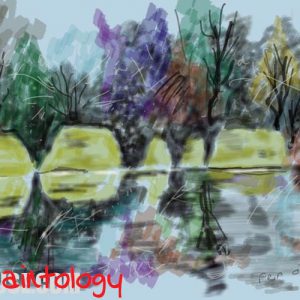

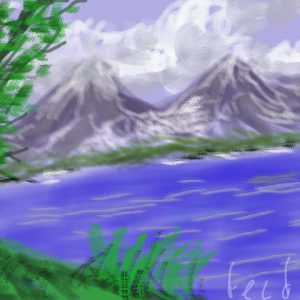
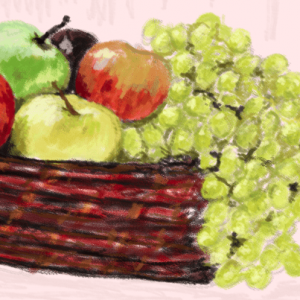
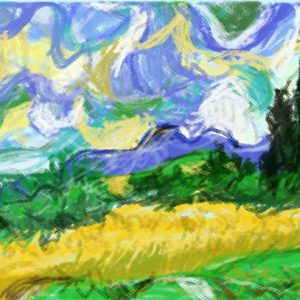
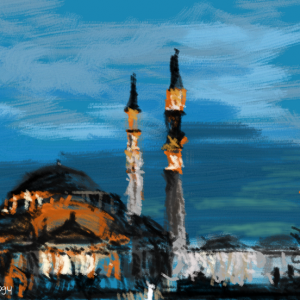

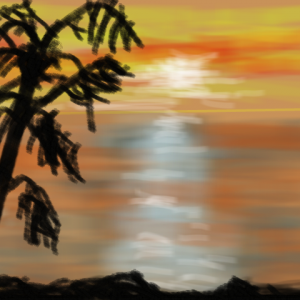
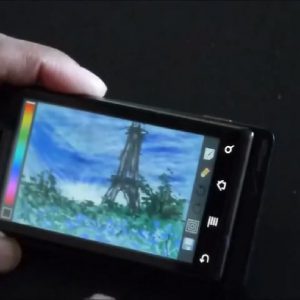


 Digital Canvas
Digital Canvas
order cialis online